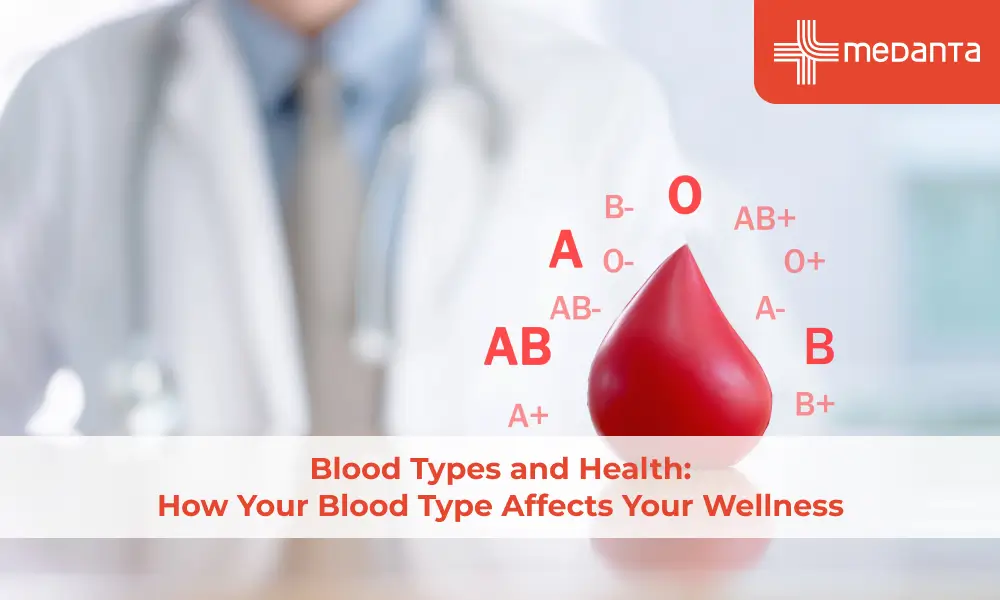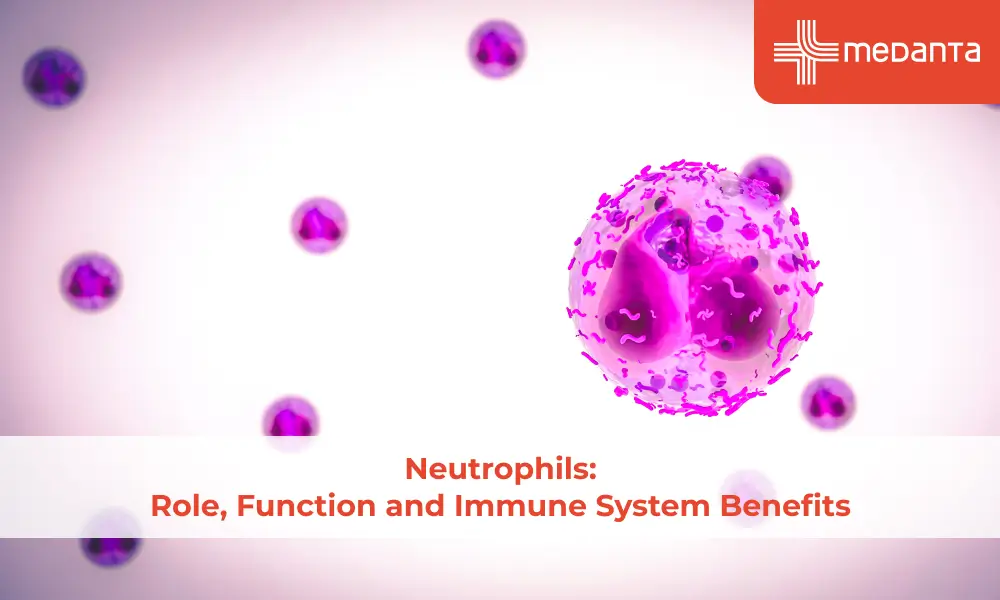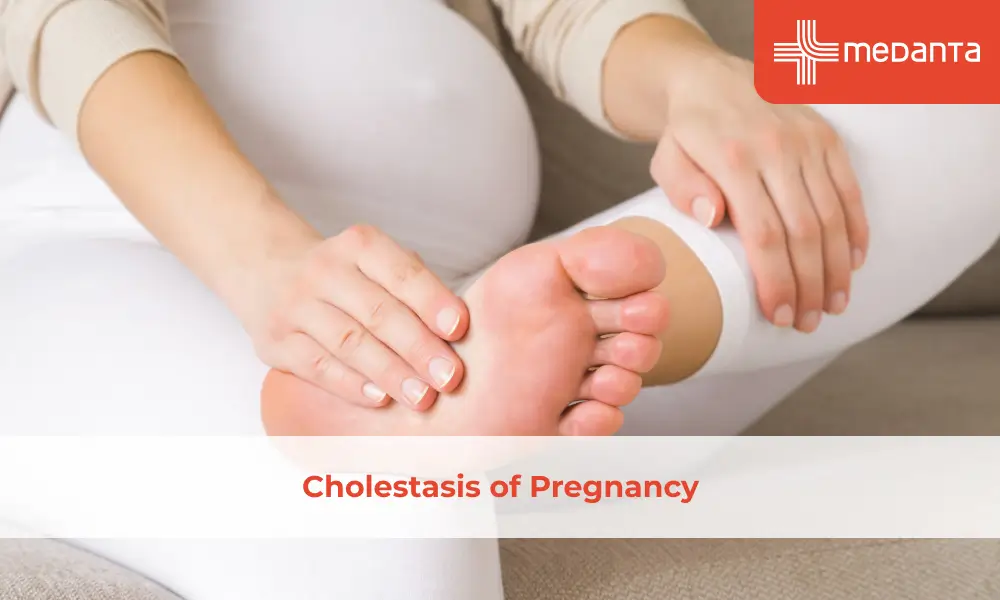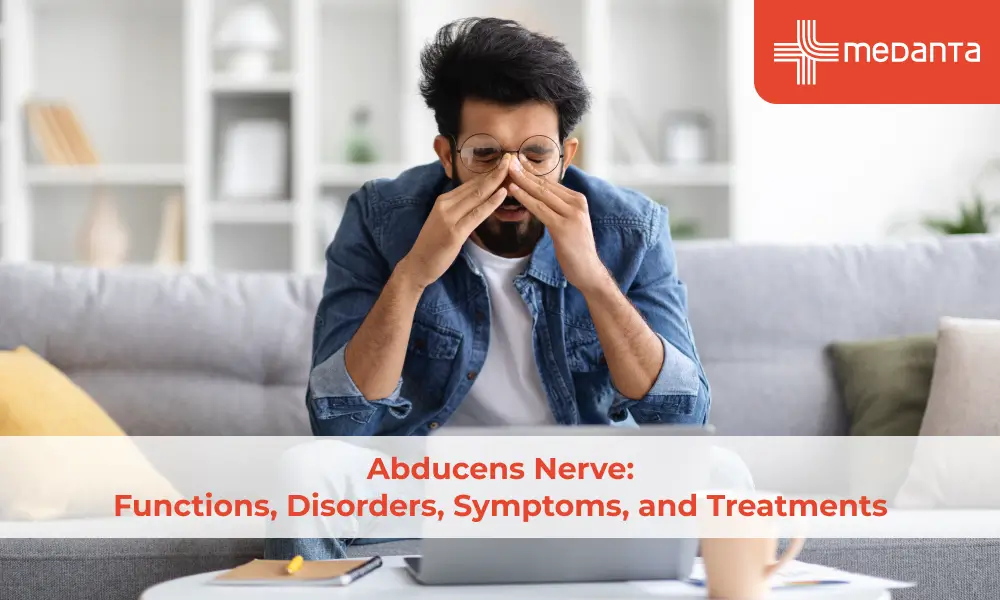Non-surgical Relief: Treating Uterine Fibroids with Interventional Radiology

TABLE OF CONTENTS
Uterine fibroids affect countless women worldwide, significantly impacting their quality of life. However, modern interventional radiology offers promising non-surgical solutions for treating these benign tumours. Studies stated that approximately 90% of patients experience symptom relief through these advanced procedures.
Uterine Fibroid Embolisation (UFE) and Uterine Artery Embolisation (UAE) are at the forefront of these innovative treatments. With over 100,000 procedures performed across two decades, these minimally invasive techniques have demonstrated remarkable success, achieving up to 60% reduction in fibroid size. Furthermore, patients benefit from shorter recovery times than traditional surgical options without requiring large incisions.
This comprehensive guide explores how interventional radiology is transforming fibroid treatment, offering women a viable alternative to conventional surgery whilst maintaining their reproductive options.
Uterine fibroids are non-cancerous overgrowths that can develop inside the uterine wall (intramural), on the outer surface (subserosal), or within the inner lining (submucosal). They may range from tiny, undetectable nodules to large masses that distort the uterus.
What Are Uterine Fibroids?
Uterine fibroids, also called leiomyomas or myomas, are benign (non-cancerous) tumours that develop within the muscular wall of the uterus. They are one of the most common gynaecological conditions, affecting women mostly during their reproductive years. While the exact reason is unclear, hormonal changes and genetics are believed to play a role in their development. Their growth rate varies, with
some fibroids remaining stable for years while others grow rapidly. While many women do not need any intervention, others may require medical intervention, including medications, minimally invasive procedures, or surgical interventions, based on the severity of symptoms and their impact on reproductive health. Fibroids are classified based on their origin location within the uterus:
Intramural Fibroids – The most common type, these develop within the muscular wall of the uterus.
Subserosal Fibroids – Grow on the outer surface of the uterus.
Submucosal Fibroids – Located just beneath the inner lining (endometrium) of the uterus
Pedunculated Fibroids—These are attached to the uterus by a stalk-like structure and can be either subserosal (external) or submucosal (internal).
Symptoms of uterine fibroids vary; some women experience no symptoms at all, while others may have severe discomfort. Common symptoms include:
Heavy menstrual bleeding (menorrhagia)
Prolonged or painful periods (dysmenorrhea)
Pelvic pain and a feeling of fullness or pressure in the lower abdomen
Lower back or leg pain
Fibroids pressing against the bladder can cause increased urination or difficulty emptying the bladder.
Constipation or bloating
Pain during intercourse, especially with submucosal or large fibroids.
Difficulty conceiving or pregnancy complications
Interventional radiology, a medical speciality that uses advanced imaging techniques to guide targeted treatments directly to the fibroids, brings precision and minimal invasiveness to fibroid treatment. This speciality uses real-time X-rays and other imaging methods.
What is Uterine Fibroid Embolisation (UFE)?
UFE stands as a groundbreaking procedure that blocks blood flow to fibroids, leading them to shrink naturally. During the treatment, an interventional radiologist makes a small nick in the wrist or groin to access the arteries. Subsequently, tiny particles are injected through a catheter to block the blood vessels feeding the fibroids.
The procedure typically takes 60-90 minutes, with patients staying overnight for monitoring. Most women return home the next day and resume normal activities within 7-10 days. Clinical studies demonstrate that UFE successfully treats multiple fibroids simultaneously.
Advantages of UFE Over Traditional Surgery
UFE/Interventional Radiology | Traditional Surgery |
Performed under local anaesthesia | Requires general anaesthesia |
Small nick in the wrist or groin | Large abdominal incision |
Preserves the uterus | May involve hysterectomy |
1-2 days hospital stay | 5-7 days hospital stay |
Recovery time: 7-10 days | Recovery time: 4-6 weeks |
Treats all fibroids at once | May need multiple surgeries |
No surgical scars | Visible surgical scars |
Lower risk of complications | Higher risk of surgical complications |
The effectiveness of UFE speaks through numbers. Studies show that 85-90% of women experience significant symptom improvement within three months. Additionally, the procedure boasts a technical success rate of 98%, with fibroids shrinking by 40-60% in the first year.
Beyond the immediate benefits, UFE offers distinct advantages for specific patient groups. This uterus-preserving approach particularly benefits women planning future pregnancies. Moreover, the procedure proves equally effective for patients with multiple fibroids or those who previously underwent unsuccessful surgical treatments.
The precision of interventional radiology extends beyond the procedure itself. Advanced imaging techniques allow radiologists to map the exact location and blood supply of each fibroid, ensuring targeted treatment. This detailed planning phase contributes to the high success rates and minimal complications associated with UFE.
Recovery and Long-term Results
The path to recovery after UFE follows a predictable pattern, enabling patients to effectively plan their return to daily activities. Most patients experience mild to moderate discomfort in the first 48 hours post-procedure, which gradually subsides over the following days.
What to Expect After the Procedure
Post-procedure care focuses on managing pain and ensuring proper rest. Patients usually spend a night in the hospital for monitoring, although some return home the same day. Pain management involves prescribed medications and applying heat packs to the lower abdomen.
Physical activities resume gradually:
Light activities within 24-48 hours
Desk work or light housework after 3-4 days
Normal activities within 7-10 days
Full exercise routines after 2-3 weeks
Common post-procedure symptoms include cramping, fatigue, and mild fever. These effects naturally resolve within the first week. However, patients should contact their doctor if they experience severe pain or unusual symptoms.
Success Rates and Patient Outcomes
Clinical data demonstrates the long-term effectiveness of UFE. Studies tracking patients over five years show sustained symptom improvement in 85% of cases [1]. The UFE procedure achieves a technical success rate of 98%, with fibroids shrinking by 40-60% within the first year [2].
Patient satisfaction rates remain consistently high:
90% report a significant reduction in heavy bleeding [3]
88% experience relief from pelvic pressure symptoms [4]
95% return to normal activities within two weeks [5]
Long-term follow-up studies reveal that only 20% of patients require additional fibroid treatment within five years [6]. This success rate positions UFE as a durable solution for managing fibroid symptoms.
Fertility outcomes also show promising results. While pregnancy rates vary, studies indicate that women who conceive after UFE experience normal pregnancy outcomes in most cases [7]. The procedure preserves the uterus and maintains its normal function, offering hope for women planning future pregnancies.
Quality of life improvements manifest across multiple areas:
Enhanced work productivity
Better sleep patterns
Reduced anxiety about menstrual cycles
Improved social interactions
Regular check-ups at 3, 6, and 12 months help monitor progress and address any concerns. Imaging studies during these visits confirm fibroid shrinkage and ensure optimal outcomes. Most patients notice substantial improvements in their symptoms within the first three months, with continued progress throughout the first year.
Uterine Fibroid Embolisation is a proven alternative to traditional surgery, offering remarkable benefits for women seeking fibroid treatment. Clinical evidence demonstrates its effectiveness through consistent 90% symptom improvement rates and significant fibroid shrinkage within the first year.
The procedure's minimally invasive nature allows patients quick recovery times, typically returning to normal activities within 7-10 days. This contrasts sharply with conventional surgical approaches requiring weeks of recuperation. Additionally, the preservation of the uterus makes UFE particularly valuable for women considering future pregnancies.
Long-term studies confirm UFE's durability, with 80% of patients requiring no additional treatments after five years. The combination of high technical success rates, minimal complications, and sustained symptom relief establishes interventional radiology as a cornerstone in modern fibroid treatment. Through advanced imaging and precise techniques, this approach continues helping countless women regain control of their lives while avoiding major surgery.
Can all types of fibroids be treated with embolisation?
Embolisation effectively treats fibroids of various sizes and locations. The procedure shows optimal results with fibroids smaller than a 5-month pregnancy size, though larger fibroids have been successfully treated as well 1.
What happens to fibroids after embolisation?
Fibroids begin shrinking immediately after the procedure. Most patients achieve 90% of total shrinkage within six months, with heavy bleeding stopping promptly.
Will the fibroids return after treatment?
Studies indicate minimal recurrence after embolisation, marking a notable advantage over surgical options like myomectomy.
What about fertility and pregnancy?
Women have successfully conceived after embolisation. Doctors recommend waiting 6 months post-procedure before attempting pregnancy. Notably, pregnancy with fibroids might require additional monitoring as hormonal changes can affect fibroid size.
What side effects should patients expect?
Most patients experience:
Cramping pain for 1-2 days post-procedure
Possible low-grade fever, especially with larger fibroids
Temporary fatigue
Can fibroids change over time without treatment?
Fibroids may naturally shrink or grow, primarily influenced by hormone levels. This change often occurs during pregnancy or menopause 2.
What complications might arise?
Though rare, potential complications include:
Unmanageable pain
Abdominal swelling
Excessive bleeding
Anaemia
Are fibroids cancerous?
The risk of fibroid-related cancer is extremely low, with only 1 in 350 cases developing malignancy 2.
How long is the recovery period?
Most patients return home the same day as the procedure. Recovery typically spans 7-10 days, substantially shorter than traditional surgical options1.
References
[1] - https://fibroids.com/embolization/frequently-asked-questions/
[2] - https://my.clevelandclinic.org/health/diseases/9130-uterine-fibroids






